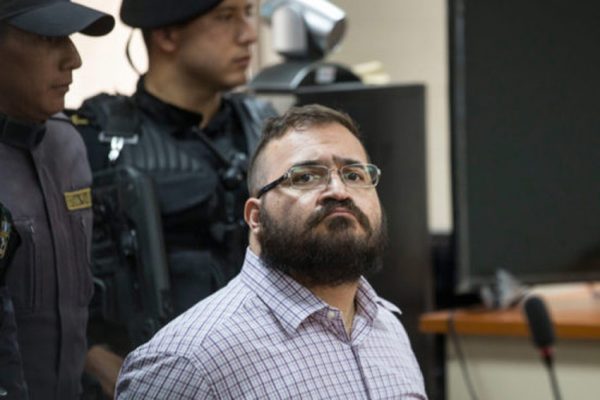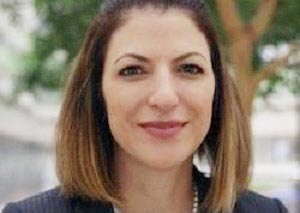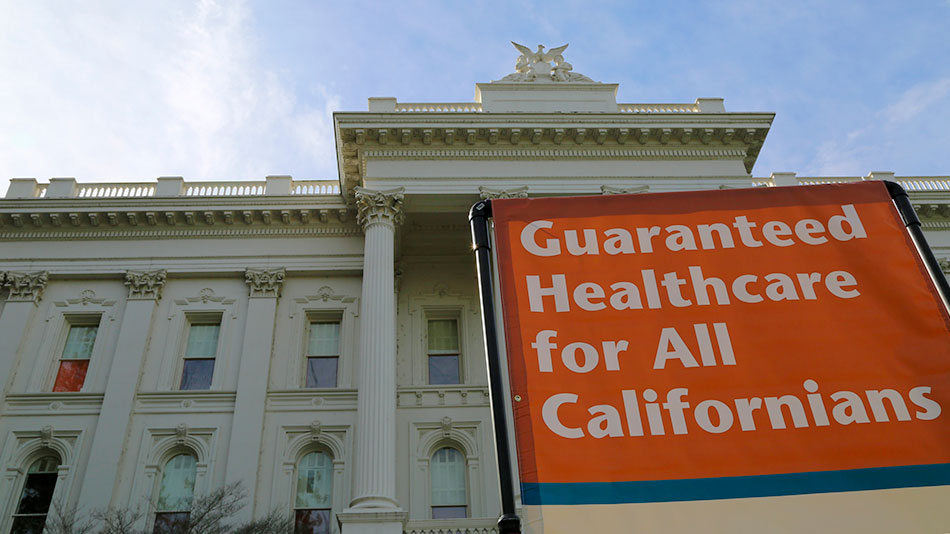The former child prisoner will be compensated for abuses he suffered while he was detained by the US in Afghanistan and Guantanamo Bay
by Jessica Corbett
Toronto-born Omar Khadr—who was captured by the U.S. military in 2002 when he was just a teenager and held at the Guantanamo Bay detention camp in Cuba—will receive an apology and reportedly $10.5 million ($8 million USD) from the Canadian government for failing to protect him from abuse while he was detained for more than a decade.
Khadr sought $20 million from the Canadian government in a civil suit, and the Toronto Star reports that last month his attorneys met with representatives from Canada’s Department of Justice to finalize the settlement details. A federal source told the Globe and Mail that the apology and compensation are expected this week.
Prominent Canadians, activists and newspaper editorial boards have rallied behind Khadr for several years through public statements, visits to MPs, a parliamentary petition, and a letter writing campaign. Following reports of the upcoming apology and compensation, Laura Pitter, senior national security counsel at Human Rights Watch, tweeted: “This is fantastic news! Hope it sends signal to US about healing power of apology, redress.” Journalist Glenn Greenwald said on Twitter: “At least Canada pays & apologizes for its gross abuses. US courts have shamefully refused all suits, citing secrecy.”
CBC Radio-Canada shared the reactions of human rights groups:
“For 15 years Omar Khadr’s case has been a stark reminder of the many ways that an overreaching and unchecked approach to national security readily runs roughshod over universally protected human rights,” said Alex Neve, secretary general of Amnesty International Canada.
Neve said Khadr’s rights were violated or ignored in Afghanistan, at Guantanamo Bay and in Canadian prisons, and that U.S. interrogators, jailors and officials refused to recognize him as a child soldier.
The previous Conservative government offered “inflammatory rhetoric” instead of making an effort to help him, Neve said.
The National Council of Canadian Muslims said it would welcome a “long overdue” apology and compensation.
“It is the right decision in light of the callous and unlawful treatment meted out to Mr. Khadr with the complicity of Canadian officials,” NCCM executive director Ihsaan Gardee said in a news release.
Addressing reporters from Dublin on Tuesday, Canadian Prime Minister Justin Trudeau said: “There is a judicial process underway that has been underway for a number of years now and we are anticipating, like I think a number of people are, that that judicial process is coming to its conclusion.” Trudeau, who has garnered criticism for his silence on the topic, did not comment on the compensation.
Once the youngest detainee at Guantanamo Bay, Khadr, now 30, says he suffered various abuses—including beatings, sleep deprivation, rape threats, and being forced to urinate on himself—during at least 142 interrogations in Afghanistan and Guantanamo.
Khadr’s defense team has maintained that he was pushed into fighting by his father, Ahmed Said Khadr, a supposed associate of Osama bin Laden who was killed in 2003. Khadr was shot and captured by U.S. forces in Afghanistan in July 2002, at the age of 15, after a firefight.
He was accused of throwing the grenade that killed Delta Force Sgt. 1st Class Christopher Speer, though those charges were never proven. After being detained and interrogated at a U.S. prison in Bagram, Afghanistan, for three months, Khadr was transferred to Guantanamo Bay, where he remained for 10 years.
In 2010, the Supreme Court of Canada ruled that Canadian officials had interrogated Khadr under “oppressive circumstances”—after three weeks of sleep deprivation while in U.S. custody—then shared evidence with U.S. officials, which “offends the most basic Canadian standards about the treatment of detained youth suspects.” However, the court also ruled that it could not force the Canadian government to request that the U.S. send Khadr back to Canada.
The Bush administration, and then the Obama administration, fought to convict Khadr of war crimes. As part of a Pentagon plea deal that capped his sentence at eight years and would allow Khadr to return to Canada after serving some time in the U.S., he told a Guantanamo Bay military commission that he threw the grenade and pled guilty to five charges.
Khadr has since has told reporters he is uncertain whether he threw the grenade, and pleaded guilty so he could return to Canada. The Star has published classified photos that suggest the then-teen was buried in rubble when Speer was killed. In 2012, Khadr was transferred to back Canada, where in May 2015 he was released on bail to live with his attorney’s family, after nearly 13 years behind bars.










